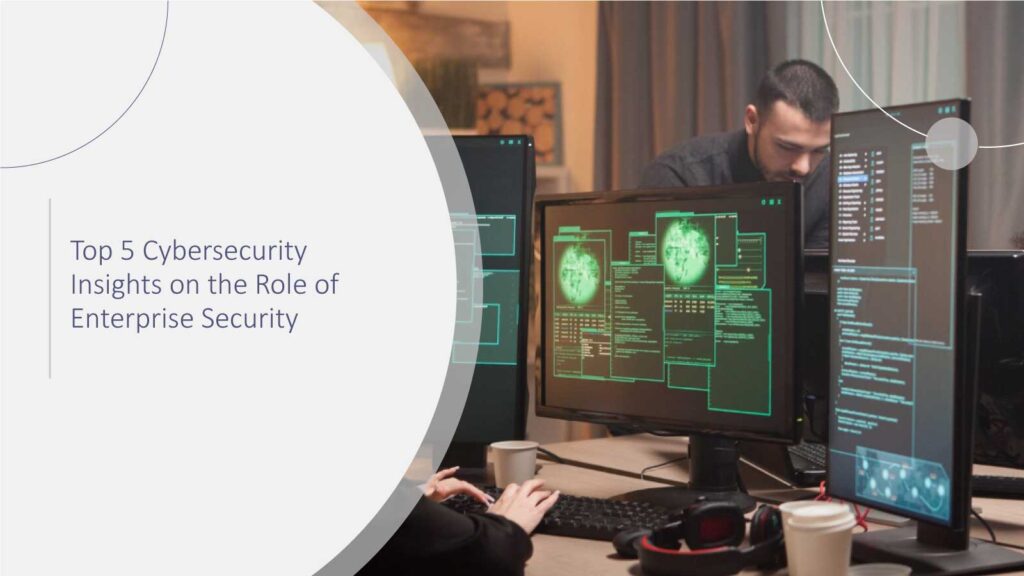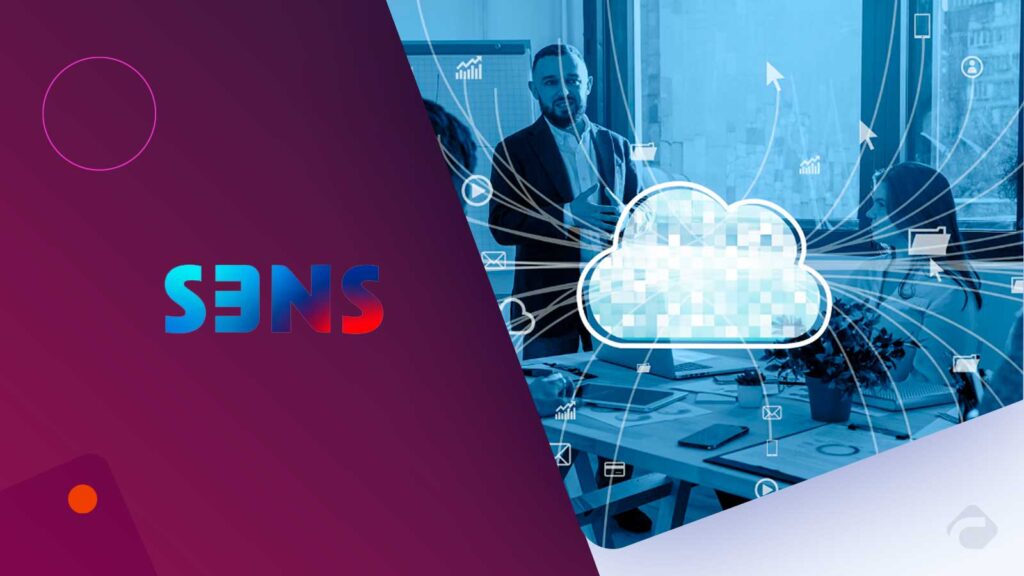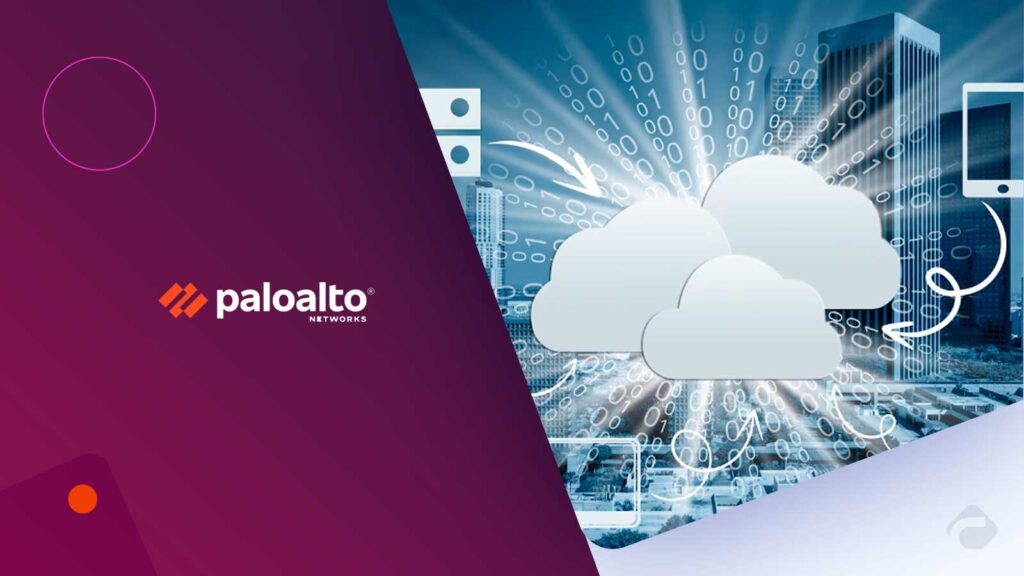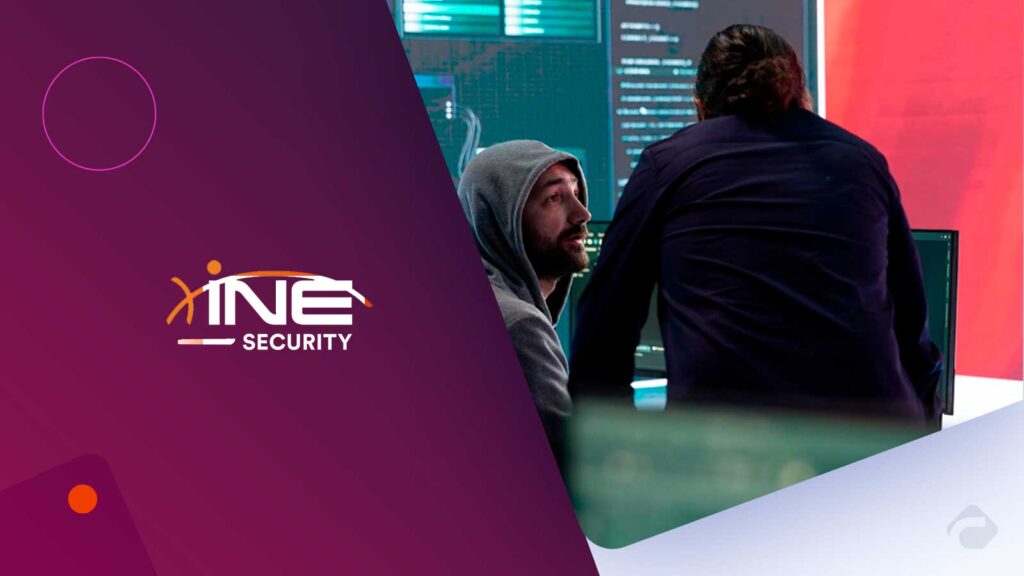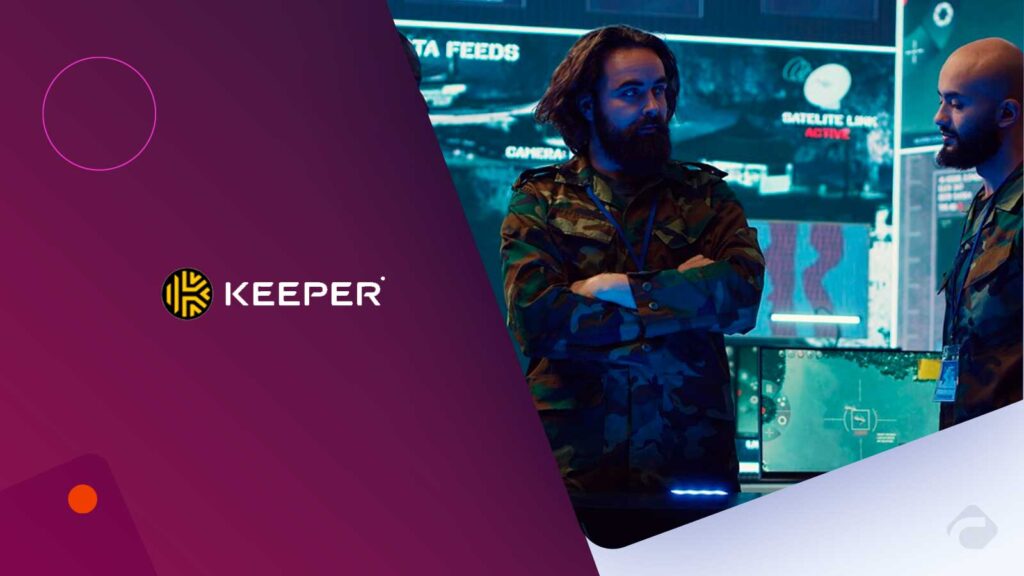By the time we reach 2025, the issue of cybersecurity in the digital world will no longer be just a matter for the IT department. Security has changed its status to a strategic imperative, which is present in every process of enterprise operations. While businesses still face the ever-growing complexity of the threat landscape, the importance of company security has gone up to the highest level ever. This article, based on the latest industry reports and expert opinions, investigates the big-picture versus detail dilemma and outlines the top five security insights that signal the topic of enterprise security being the key in the digital age.
What is Enterprise Security?
Enterprise Security is a comprehensive approach to a company’s digital assets, networks, applications, and sensitive data to protect against changing cyber threats. Along with being a technical function, it also comprises rules, operations, and rules, operations, and technologies to achieve operational stability, ensure regulatory compliance, and acquire the confidence of stakeholders. Enterprise security by being proactive in risk management and defense reinforcement allows organizations to function securely in an ever-more-connected and digital-first business atmosphere. Gartner 2024 “CISO Survey”: 78% of organizations integrate cybersecurity into enterprise strategy.
1. The Evolving Role of the CISO: From Guardian to Strategic Leader
Actually, the Chief Information Security Officer (CISO) has evolved from a solely defensive perspective into a central strategic leader. The modern CISO is vastly different from the past role when the function mostly involved keeping firewalls under control and patching up vulnerability holes. The top security managers, among other roles, are part of the strategic decision-making team, so working closely with other executive officers like CEOs, CFOs, VPs, and the like must be natural for them.
“Security leaders are no longer gatekeepers; they’re enablers of business innovation.” – Mary O’Brien, GM of IBM Security
Daily, CISOs are operating the security budgets for multimillion-dollar tasks that involve regulatory, operational, and reputational risks along the way, which they have to juggle. What is quite surprising is that despite the good pay for the position, extensive industry reports indicate that over half of the CISO candidates are rather dissatisfied with their jobs, which is a sign that the appropriate authority and SMART goal setting by the organizations is vital in empowering them.
This change of emphasis in cybersecurity is no longer an IT-only responsibility; it’s a business enabler. Those CISOs who manage to use security as an integral part of the strategic decision-making are now viewed as the most valuable of assets; therefore, they grant the organization safe innovation through risk mitigation.
2. Operational Resilience: Cybersecurity Beyond Prevention
Before, corporate security had a major focus on stopping an attack or breach before it could get in. Cyber resilience, as a critical component, ensures that IT systems and digital services can quickly recover from attacks, supporting overall operational continuity. By 2025, such a focus will be a thing of the past, as the emphasis will be on operational resilience – a concept that portrays a company’s ability to keep essential business functions going even during a cyber incident. By 2026, 75% of enterprises are expected to implement operational resilience frameworks, underscoring their growing importance.
This is also going to be realized through security controls being certified all the time, the performance of the command under a simulated attack scenario, and an even more comprehensive exposure management. Organizations are not only fixing vulnerabilities from a reactive perspective. Instead, they are performing security testing and validation in a controlled environment to verify that in case of the same or similar threats in the real world, they can still operate effectively. Breach and Attack Simulation (BAS) platforms and automated control validation systems, coupled with other tools, can assist CISOs in assessing the degree of their preparedness and how they can allocate their resources efficiently.
“Cyber resilience is the backbone of operational resilience. Without it, business continuity plans fall apart in the first wave of a major attack.” – Nikesh Arora, CEO of Palo Alto Networks.
Resilience at an operational level, therefore, puts the organizations in a position to be resilient and continue operating effectively, even better equipped to sail through the security breach turmoil without the cumbersome risk of a severe effect on the operations, a characteristic that is very crucial in the current accelerated digital economy.
3. AI and Automation: Revolutionizing Threat Detection
One of the major differences between the past and the current situation after the implementation of Artificial Intelligence (AI) and automation in the field of enterprise security is the prompt, smart, and predictive nature of cybersecurity operations, thereby greatly speeding up the process. Cybersecurity teams composed solely of humans are not able to keep pace with the speed of attack and defense, as it varies by the hour. The process of handling huge volumes of data powered by AI is done in real-time, where anomalies are detected, and immediate threats are flagged for response.
The organizations that have successfully embedded AI in their functions see tangible benefits from the technology. For instance, SentinelOne reported a 24% year-over-year recurrence of revenue growth, which is a testimony to the growing demand for AI-based security solutions.
Machines will be responsible for monitoring and threat analysis in daily activities that will be delegated to AI, whereas the security team will be free to work on more valuable initiatives, such as strategy. Thus, not only will the team be more energized, but they will also be able to respond to incidents promptly, which will be favorable for the general organization’s performance. Gartner predicts that 40% of incident responses will be managed by AI by 2025.
“AI is both the weapon and the shield in cybersecurity. The winners will be those who learn to wield it responsibly.” – Satya Nadella, CEO of Microsoft.
Forecasting is made much more accurate with AI, helping the companies that use it to foresee attacks even before the hackers could even think of doing it on a sliding scale, e.g., the organization is more or less secured against the possibility of being attacked. In brief, automation is the transformation of the cybersecurity defense from reactive to proactive, intelligence-driven.
4. Data Protection: Safeguarding the Organization’s Most Valuable Asset
The most valuable asset of an organization is often referred to as “data” in the digital age. Data security, being the core of any enterprise, is a challenging task as the data flow gets more complicated – protection of the objects can range from customer data to the digital life of the company. According to some research, two-thirds of Chief Information Security Officers admit that they have experienced substantial leaks of confidential information within the last 12 months, which is a notable upward trend in a year.
Today, data protection is still based on classic encryption and access control, but the methods have significantly evolved. The basic features of the data protection infrastructure, such as encryption and access control, are being replaced by continuous monitoring, AI-based threat discovery, and compliance automation. To be short, one can say that generative AI (GenAI) simultaneously gives rise to security possibilities and security challenges. Besides that, as security analytics get better with the help of AI, organizations must take the responsibility of ensuring that access is done safely and that the sensitive data is used only for the prevention of leaks and abuse.
Without any doubt, a strong data protection system is the key factor that turns a company into a trusted partner, builds up the customer base with a sense of confidence, relationships with business partners and regulators, and also supports the development of sustainable growth in an increasingly complex digital world.
5. Human Factors: Strengthening the Most Critical Link
Even though technology can go a long way, the human factor is still paramount when we talk about cybersecurity. A recent survey made recently tells that only a little more than half (57%) of CISOs’ staff believe that their team is fully engaged in their security roles, which is a long way off from 84% in 2024.
Insiders who become the organization’s internal threats are still the cause of worry in the minds of security experts. According to 74% of CISOs, the major cause of data loss in the UK is that the most considerable data loss events have occurred in the last year, and 86% of these were due to employees leaving the company. The statistics are a telling sign that measures taken by management for better employee awareness, more training, and having a firm exit policy are the only way out of this crisis.
If you take a security angle at an enterprise, as follows: technology, regulations, and processes are just as good as the human people who implement them. The well-thought-out, educated team is the last but most important stage in the defense system. Little things, like spotting phishing emails or keeping your passwords safe, can be the difference between costly breaches and the security of your company’s good name.
Conclusion
By 2025, not only would enterprise security become a vibrant and multidimensional affair, but it would also be markedly different from the conventional IT defense line. The above topics implicitly indicate that the successful security solution is not just technical but also requires strategic leadership, operational resilience, AI-enabled threat detection, data protection, and human-centric policies.
Security is not only a saga of breaches, but as companies that implement the right security protocols stand not only on a defensive but also on a winning position. In fact, within the combination of technology, procedures, and human resources security systems, they are then allowed to move fearlessly in the digital terrain and navigate and lead confidently in the digital landscape, which is already in the process of transition. It implies that the company can expand, innovate, and get people’s faith, which is the most precious thing in this era. So the role of cybersecurity is no longer just a shield of defense but a sword of strategic advantage.
FAQs
1. What is the primary function of enterprise security?
We would say that the term “enterprise security” is a concept that encompasses the protection of all digital organizational assets along with the assurance of operational continuity, regulatory compliance, and trust while allowing a safe economic rise.
2. How has the CISO role changed in 2025?
CISOs have evolved in such a way that they are not only the technical managers but rather they perform as strategic leaders who align cybersecurity with business goals, and also converse with other senior executives in order to promote corporate well-being and innovation.
3. What is operational resilience in cybersecurity?
Operational resilience is basically the capacity of an institution to maintain its regular activities even in the case of a computer emergency or crisis, through responsible planning, investigation, and quick implementation of the response measures.
4. How is AI enhancing cybersecurity?
Threat detection is one area where AI is utilized very successfully, and when a threat is detected, the AI goes ahead to prioritize the risks, automatically handle the tasks that are repetitive tasks, and even produce analytics for perpetrators to be stopped before the attack phase.
5. Why are human factors important in enterprise security?
The staff of the establishments is the last but a very important security layer. Being improved, knowledgeable, and a part of the security world culture will greatly decrease the number of insider threats and, at the same time, support the technology-driven defenses.
For deeper insights on agentic AI governance, identity controls, and real‑world breach data, visit Cyber Tech Insights.
To participate in upcoming interviews, please reach out to our CyberTech Media Room at sudipto@intentamplify.com.

